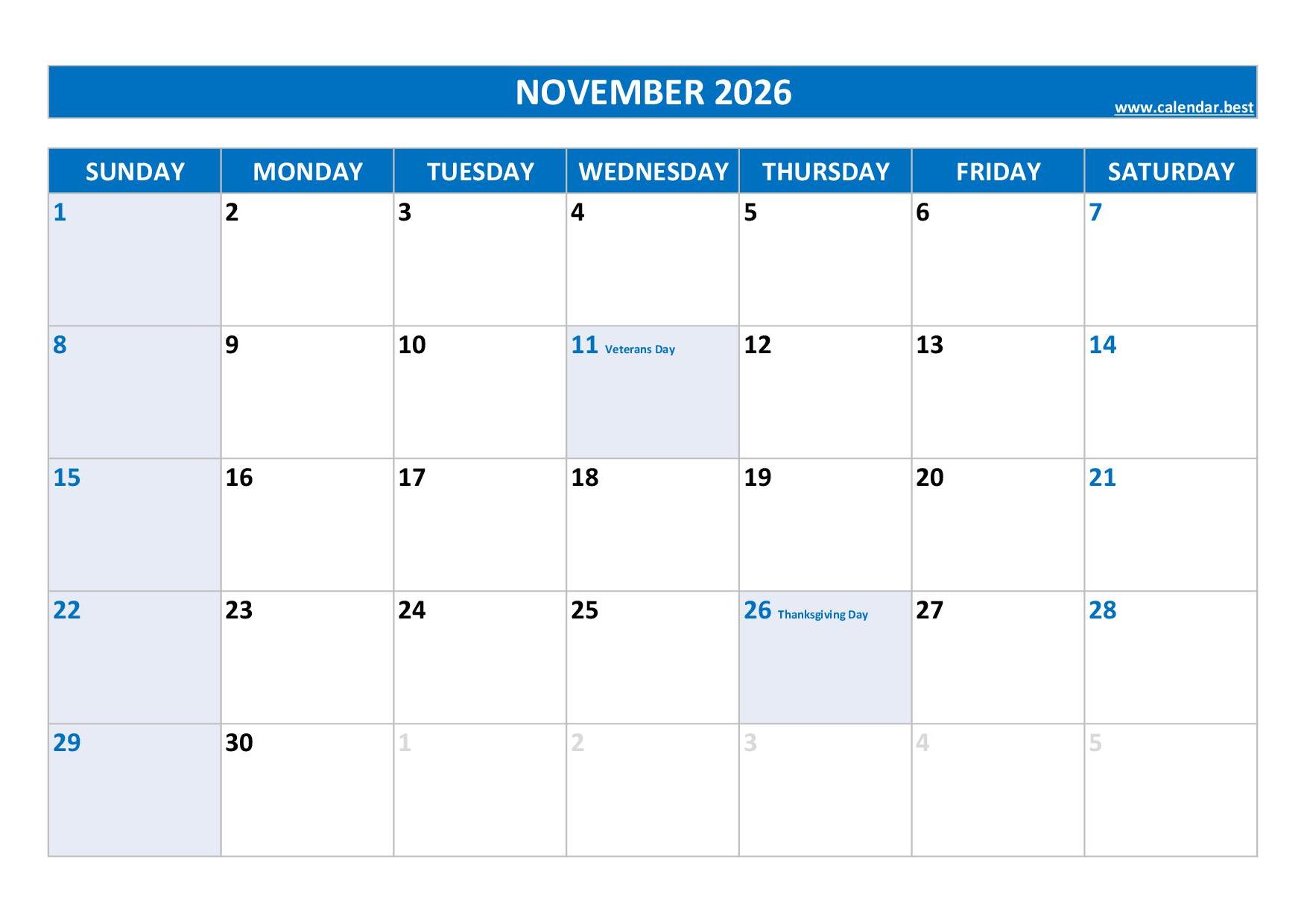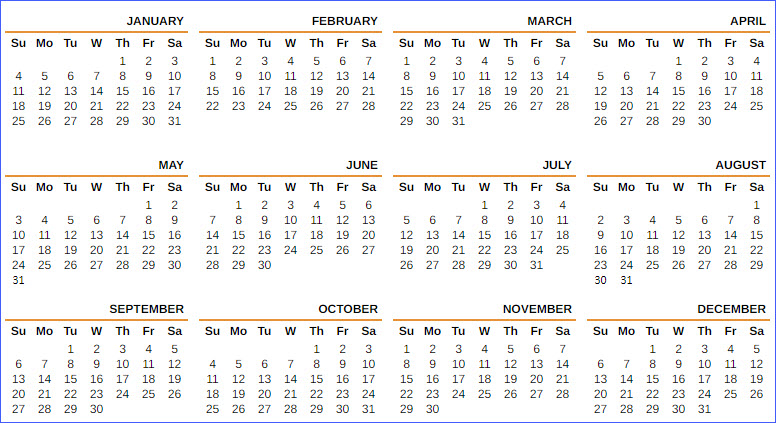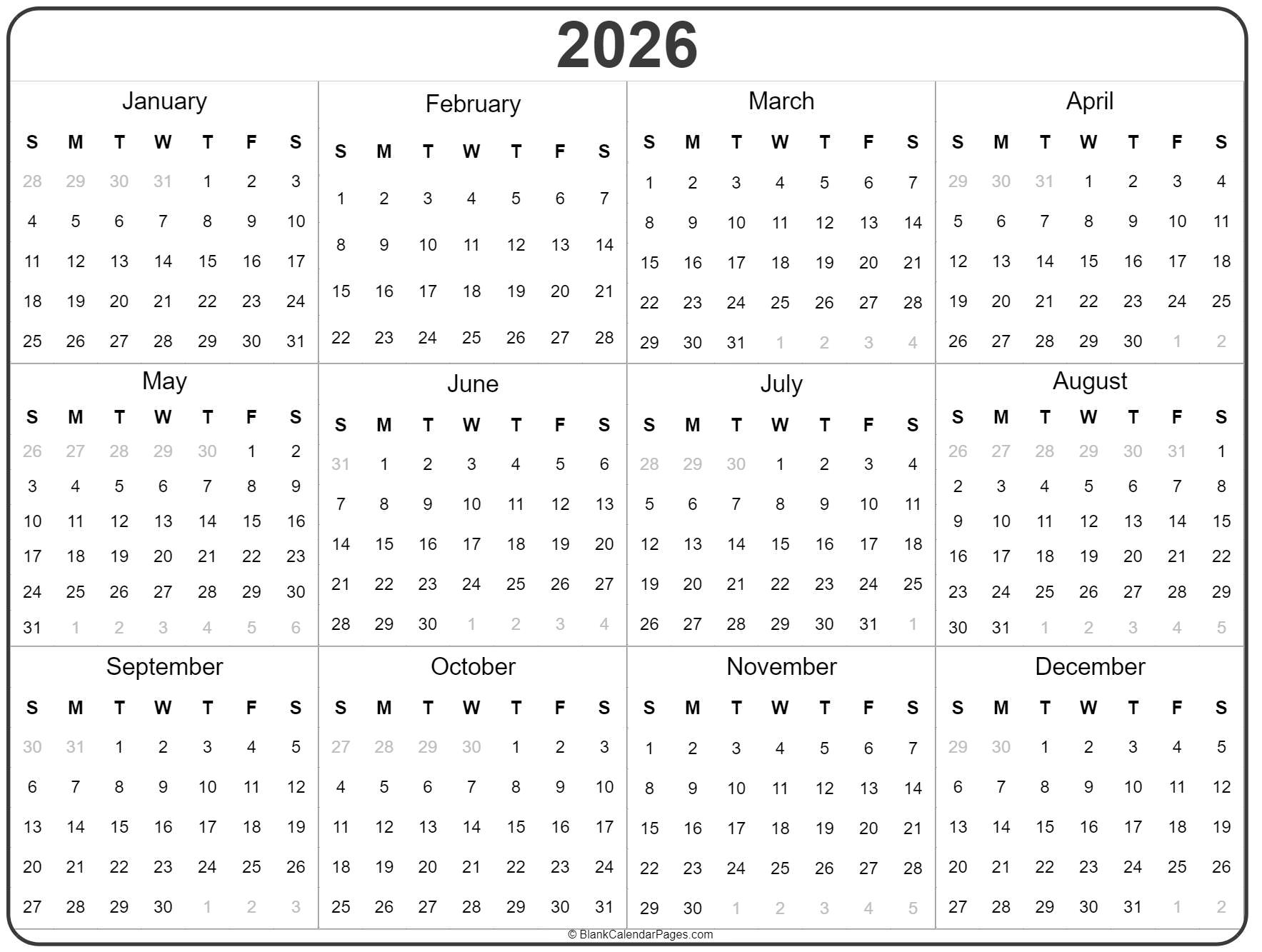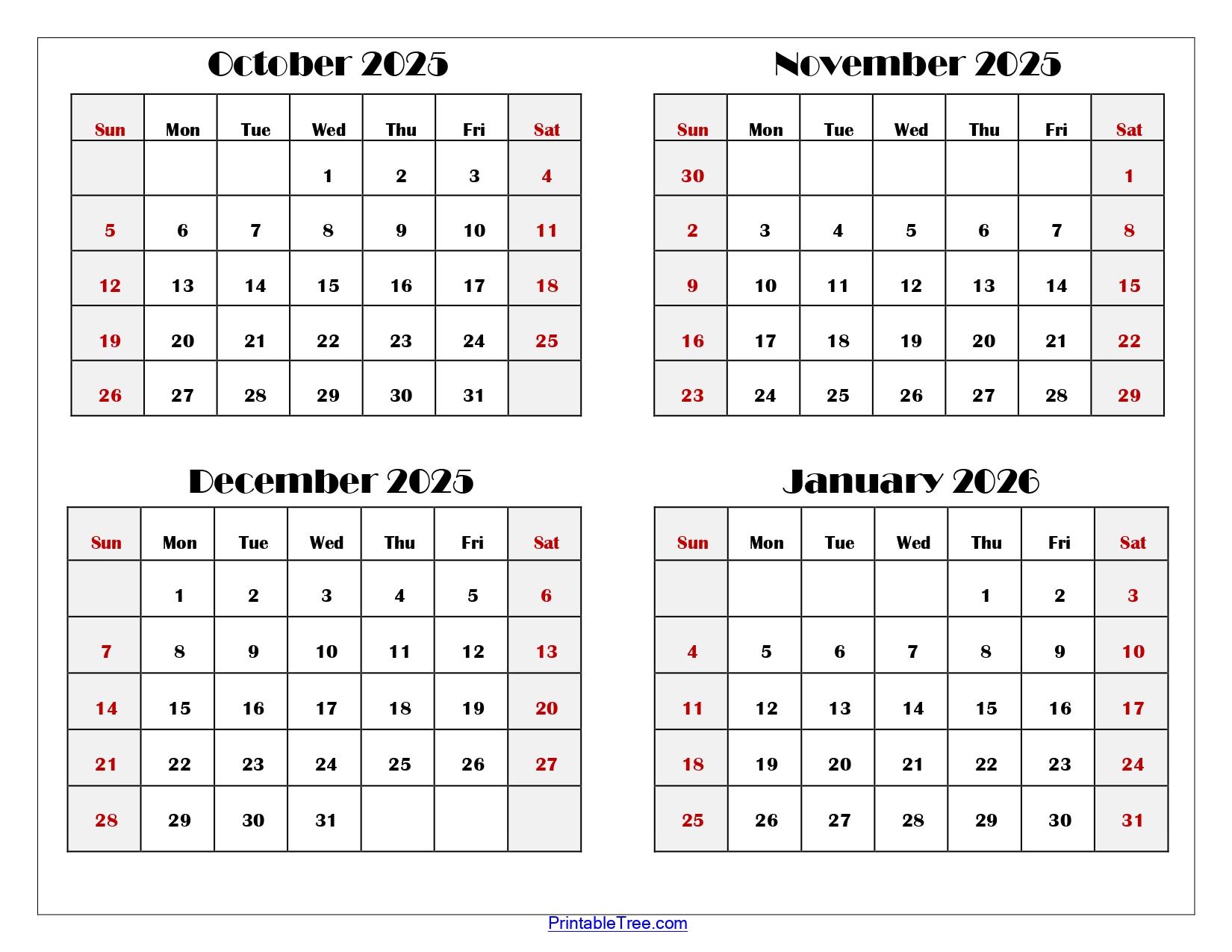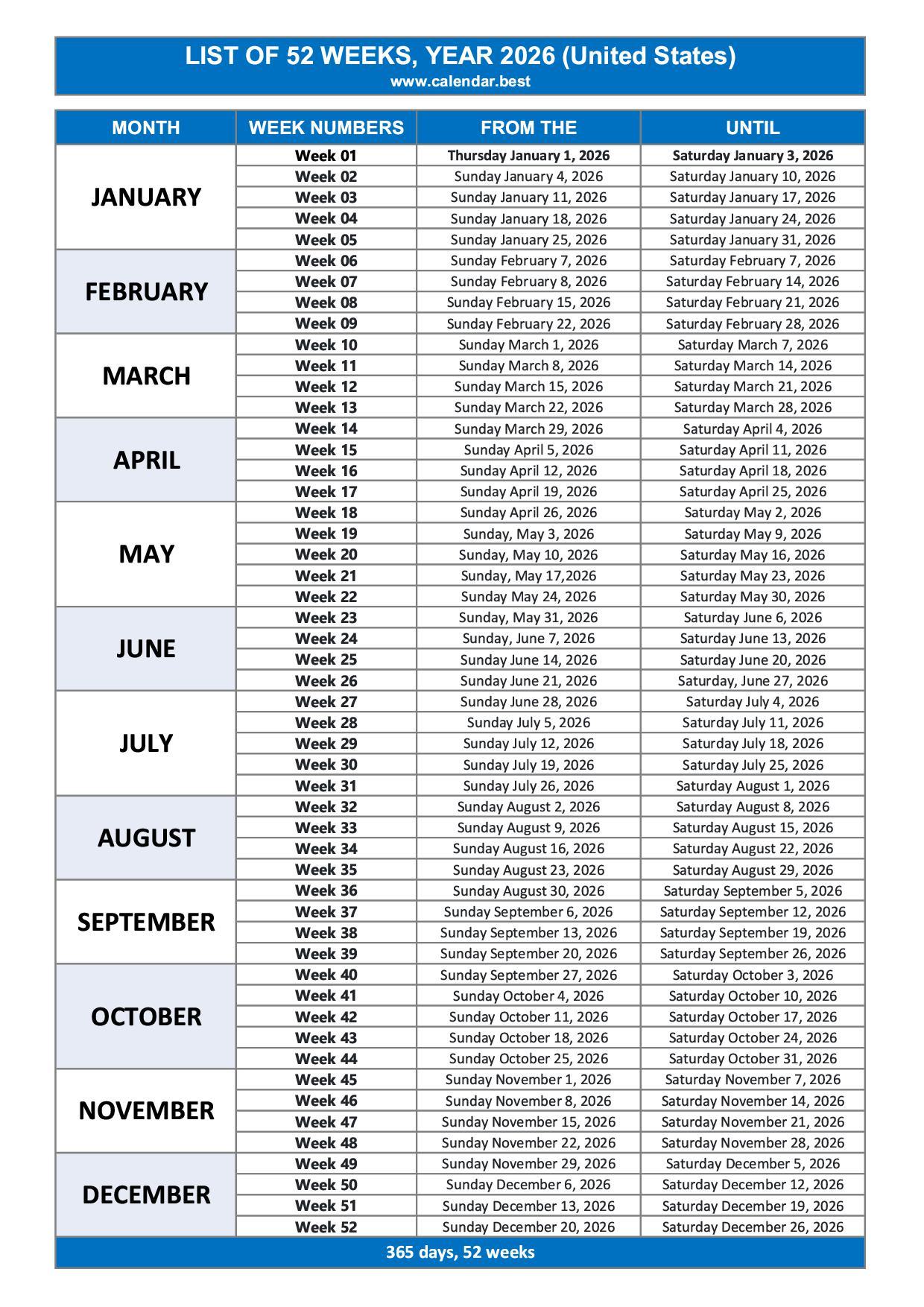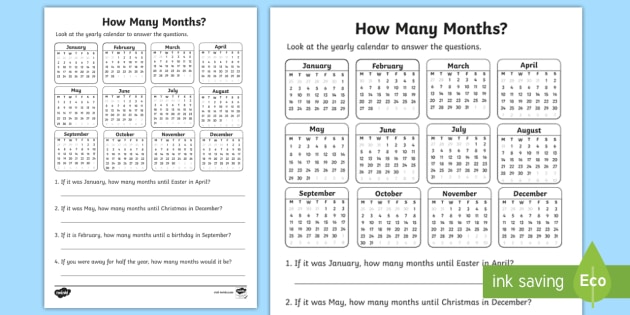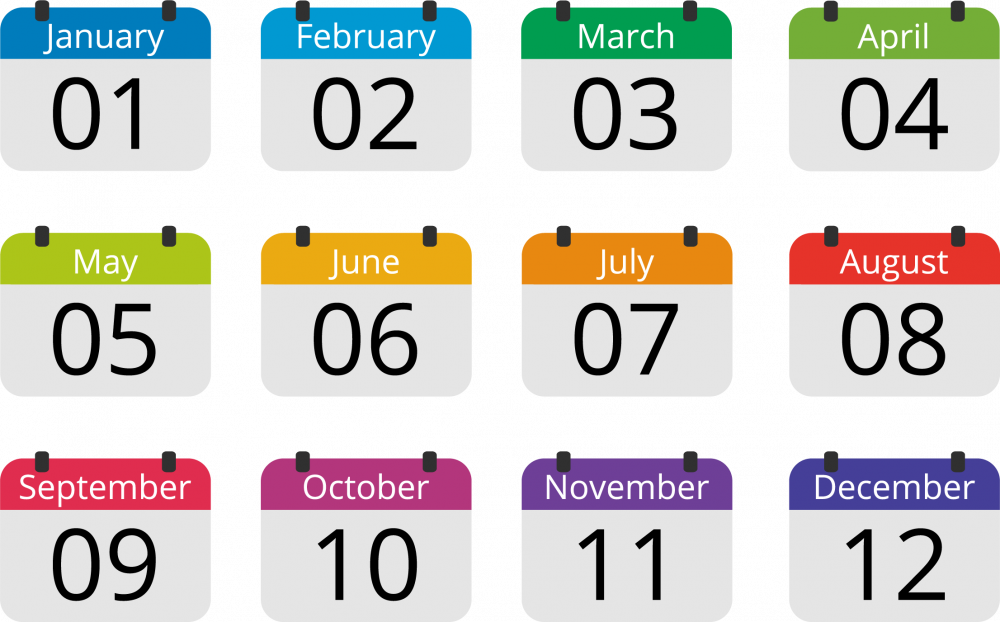How Many Months Until Nov 2026
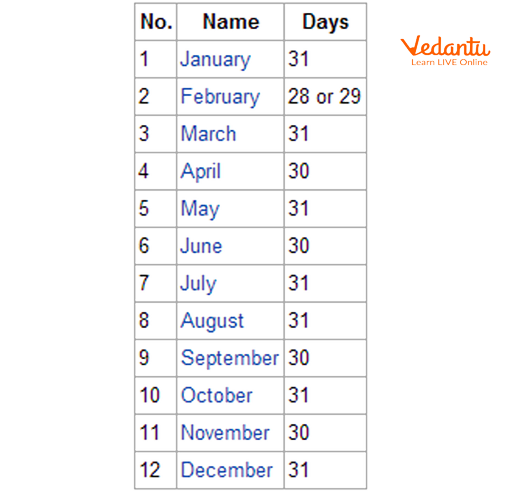
As the calendar pages turn with relentless consistency, the distance to November 2026 might seem vast, a distant point on the horizon. However, for political strategists, urban planners, and countless others, that date looms large, representing deadlines, milestones, and pivotal moments of decision-making. The passage of each month is a critical increment, demanding precise calculation and careful planning to capitalize on the opportunities and navigate the challenges that lie ahead.
At its core, this article delves into the seemingly simple question: how many months remain until November 2026? Beyond the straightforward answer lies a more profound examination of the implications of this timeframe. We will explore how this countdown influences various sectors, including political campaigns gearing up for midterm elections, governmental bodies implementing long-term initiatives, and businesses aligning their strategies with future market trends. The aim is to provide a comprehensive understanding of why this particular date matters and how its approach is shaping decisions across diverse fields.
The Numerical Answer: Months Until November 2026
To begin, let's establish the precise number of months separating us from November 2026. As of today, October 27, 2024, there are 24 months remaining until November 1, 2026.
This calculation takes into account the remaining months in 2024 (November and December), all twelve months of both 2025, and the ten months of 2026 leading up to November. This simple arithmetic provides the foundation for understanding the temporal space within which numerous activities and initiatives will unfold.
Political Landscape: Gearing Up for Elections
In the realm of politics, 24 months can be an eternity, yet also surprisingly fleeting. Political parties are already laying the groundwork for the midterm elections of 2026, identifying key battleground states and formulating campaign strategies.
These campaigns are not spontaneous; they are the culmination of months of polling, fundraising, and meticulous planning. The number of months remaining dictates the urgency and intensity of these efforts, with each passing month representing a diminishing window of opportunity to sway public opinion and secure crucial endorsements.
"The two-year mark is a crucial inflection point," says Dr. Emily Carter, a political science professor at the University of California, Berkeley. "It's when potential candidates need to solidify their positions, raise significant capital, and begin connecting with voters on a deeper level."
Governmental Planning: Implementing Long-Term Initiatives
Beyond the immediate electoral cycle, governmental bodies are using the November 2026 timeline to guide the implementation of long-term initiatives. Infrastructure projects, environmental regulations, and social programs often require years of planning and execution.
For example, the Department of Transportation might be working on highway improvements scheduled for completion by late 2026. Or a city planning commission could be finalizing zoning regulations designed to accommodate population growth anticipated by that time.
These initiatives depend on the availability of funding, the approval of permits, and the coordination of various stakeholders. The remaining 24 months provide a framework for managing these complex processes and ensuring that projects remain on track.
Business and Economic Outlook: Forecasting Market Trends
Businesses also look to the future, analyzing market trends and adjusting their strategies to remain competitive. November 2026 serves as a critical forecasting horizon, informing decisions about product development, investment, and expansion.
Companies may be developing new technologies with a target release date in 2026 or expanding their operations into new markets expected to mature by then. Economic indicators, such as inflation rates, employment figures, and consumer spending patterns, are carefully monitored to predict the business climate in the coming years.
"Businesses need to anticipate changes in consumer demand and technological advancements," explains Michael Davies, a senior market analyst at a global investment firm. "The 24-month window allows them to adapt their strategies and capitalize on emerging opportunities."
Social and Cultural Shifts: Anticipating Changes
Beyond the tangible realms of politics, government, and business, the social and cultural landscape is also in constant flux. November 2026 provides a point of reference for anticipating and understanding these shifts.
Demographic changes, evolving social attitudes, and cultural trends can significantly impact various aspects of society. For instance, the aging of the population might require adjustments to healthcare policies and social services.
The rise of new social media platforms could influence communication patterns and political discourse. Understanding these trends is essential for policymakers, educators, and community leaders who seek to address the evolving needs and concerns of the population.
Potential Disruptions and Uncertainties
While planning is essential, it is also important to acknowledge the potential for unforeseen disruptions. Economic downturns, natural disasters, and geopolitical events can significantly alter the trajectory of events and throw meticulously crafted plans into disarray.
The COVID-19 pandemic served as a stark reminder of the unpredictable nature of global events and their far-reaching consequences. Preparing for such contingencies is crucial for ensuring resilience and adaptability in the face of uncertainty.
"We have to be mindful of black swan events," states Dr. Sarah Reynolds, a professor of risk management at Harvard University. "The best-laid plans can be undone by unexpected shocks to the system."
Conclusion: A Call to Action and Strategic Foresight
The countdown to November 2026 is more than just a numerical exercise. It is a call to action, a challenge to seize the opportunities and address the challenges that lie ahead. By understanding the implications of this timeframe and adopting a strategic foresight, individuals, organizations, and governments can position themselves for success in the years to come.
The next 24 months represent a critical window for shaping the future, making informed decisions, and building a better world. Every month that passes is a month closer to that future, urging us all to act with purpose, determination, and a clear vision for what lies ahead.
The remaining time demands proactive engagement, diligent planning, and a commitment to realizing our collective goals. As November 2026 approaches, it is imperative to embrace the opportunities and responsibilities that come with shaping the future.
